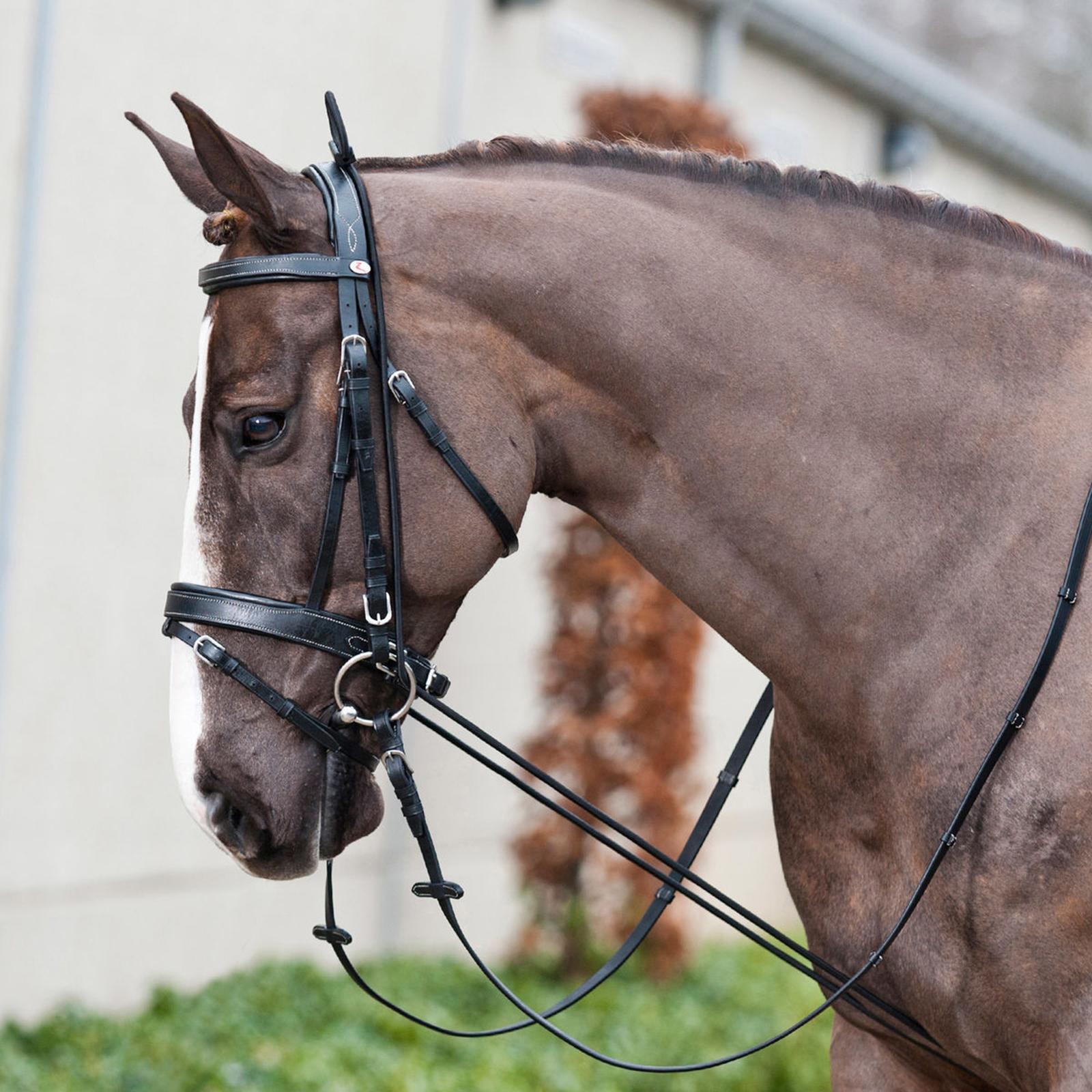
These are essential pieces of equipment in the world of equestrianism, designed to connect with and control horses while riding or handling them. These ancient tools have a fascinating history that dates back to the earliest interactions between humans and horses. In this article, we will explore the origins, evolution, and significance of the bridle and halter in equestrian culture, highlighting their integral role in forming a bond between riders and their majestic steeds.
1. Ancient Beginnings:
The origins of itcan be traced back thousands of years to ancient civilizations like Mesopotamia and Egypt. Early horsemen used simple ropes and leather to control and guide horses during work and transportation.
2. Advancements in Horse Tack:
As equestrian techniques developed, so did the designs of bridles and halters. In ancient Greece and Rome, horsemen crafted more elaborate bridles made of leather and metal, reflecting the evolving artistry and craftsmanship of horse tack.
3. Bridles in Medieval Times:
During the Middle Ages, the art of horsemanship flourished, leading to the refinement of bridles for both riding and warfare. Intricate designs and embellishments adorned the bridles of knights and nobility.
4. The Influence of the Bit:
The addition of the bit to the bridle allowed riders to exert more precise control over their horses. This revolutionary advancement led to improved communication between rider and mount, enhancing riding techniques and maneuvers.
5. Halter as a Handling Tool:
While the bridle was primarily used for riding, the halter played a vital role in handling horses on the ground. Halter training became crucial for leading, grooming, and tending to horses when not under saddle.
6. Bridle and Halter in Different Cultures:
Various cultures around the world developed unique bridle and halter designs to suit their equestrian practices. From the Western-style bridle with reins to the bitless hackamore and traditional rope halters, each culture infused its distinct flair into these equine tools.
7. Modern Equestrianism:
In contemporary equestrianism, these designs have become standardized, ensuring safety and comfort for both riders and horses. High-quality materials like leather, nylon, and stainless steel are used in modern tack manufacturing.
8. The Bond Between Rider and Horse:
Beyond their practical purposes, the bridle and halter play a significant role in forming a connection between riders and their horses. Properly fitted tack promotes trust, communication, and mutual understanding.
9. Equine Sports and Performance:
In various equestrian disciplines, specialized bridles and halters cater to specific riding styles and events. From dressage to show jumping, each discipline demands unique equipment for optimal performance.
10. Caring for Tack:
Proper maintenance and care of bridles and halters ensure their longevity and effectiveness. Regular cleaning, conditioning, and inspections are essential for the well-being of both horse and rider.
Conclusion:
These have a timeless legacy in the world of equestrianism, reflecting the deep connection between humans and horses throughout history. From ancient origins to modern designs, these equine tools have evolved alongside horsemanship techniques, enhancing the relationship between riders and their noble companions. As we appreciate the rich history and significance of the bridle and halter, let us continue to cherish these essential pieces of equestrian equipment that facilitate the beauty and harmony of horse and rider in their captivating partnership.
